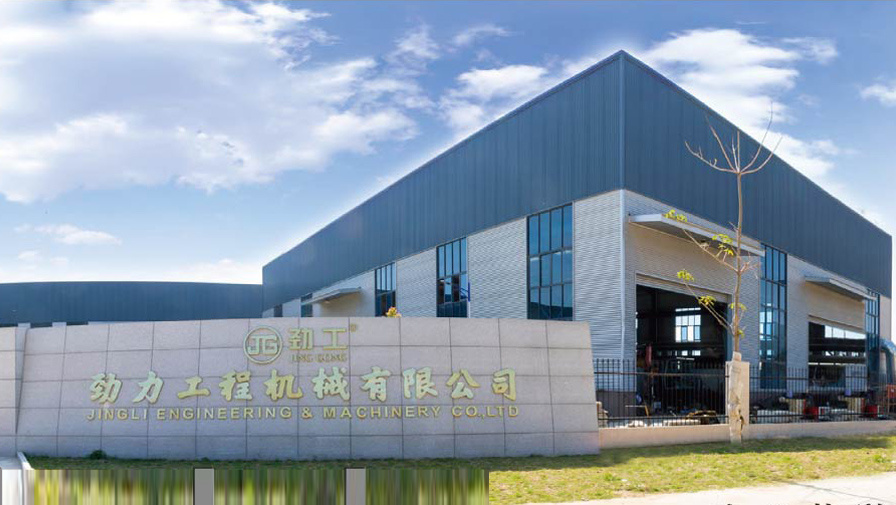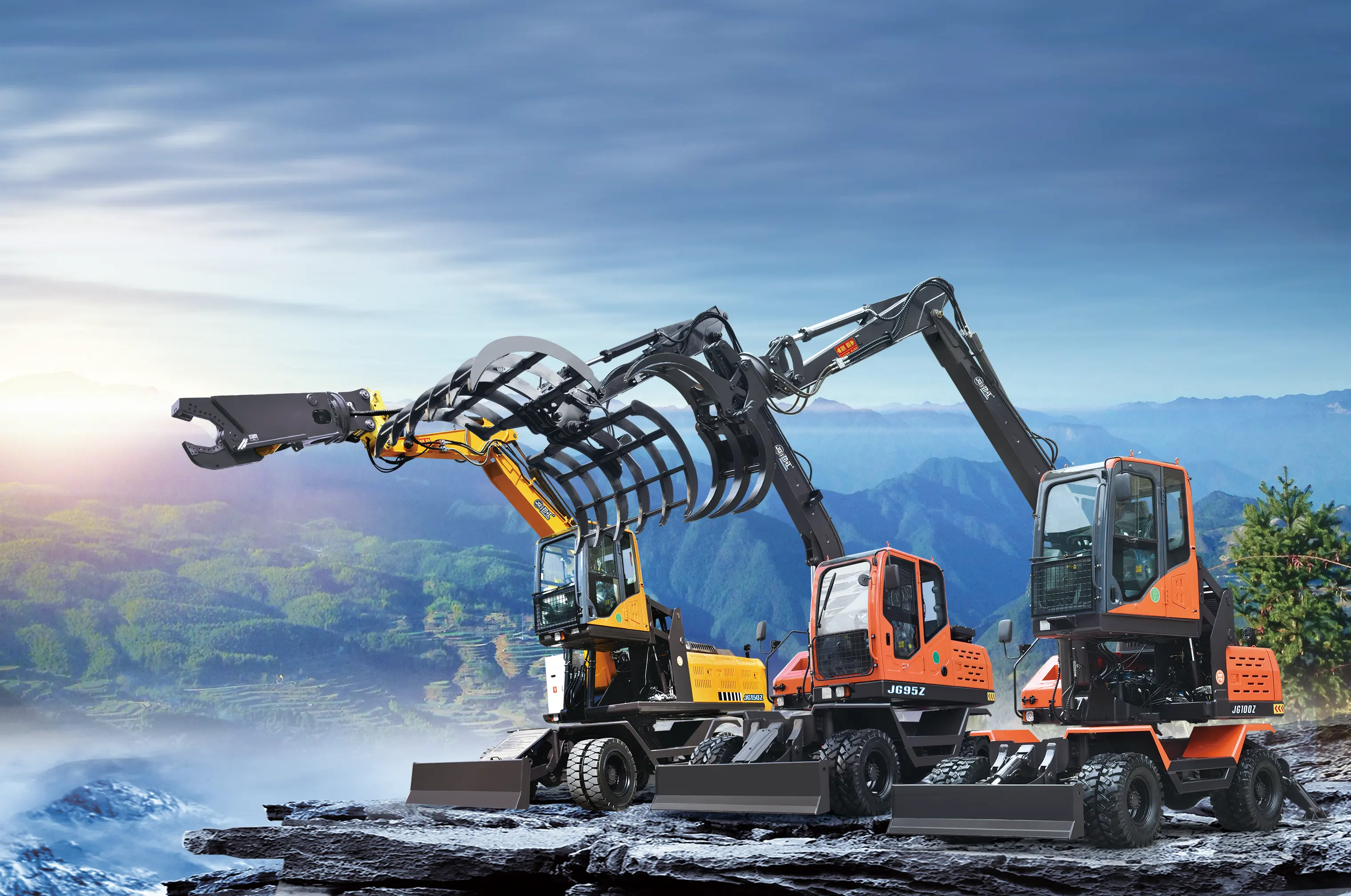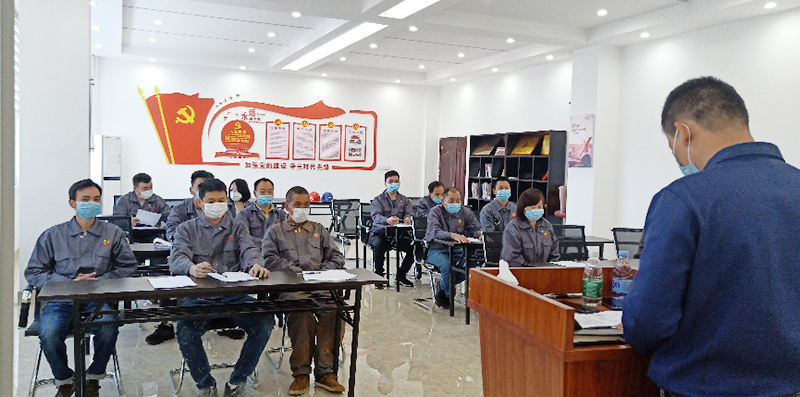
Online Inquiry
Get Maximum Efficiency with a High-Quality Compaction Wheel for Excavators
TIME:2025-07-30 11:00
Get Maximum Efficiency with a High-Quality Compaction Wheel for Excavators
Table of Contents
- Introduction to Compaction Wheels for Excavators
- Understanding Compaction Wheels: Definition and Purpose
- Types of Compaction Wheels for Excavators
- Benefits of Using a Compaction Wheel
- Choosing the Right Compaction Wheel for Your Excavator
- Installation and Setup: Getting Started
- Maintenance Tips for Longevity and Performance
- Common Issues and How to Solve Them
- Conclusion
- Frequently Asked Questions
Introduction to Compaction Wheels for Excavators
In the realm of heavy machinery, **excavators** are indispensable for various construction and earth-moving tasks. To maximize their efficiency, integrating a **durable compaction wheel** is key. Compaction wheels facilitate soil compaction, ensuring a solid foundation for structures and improving overall project outcomes. This article delves into everything you need to know about compaction wheels, including their types, benefits, and maintenance tips for optimal performance.
Understanding Compaction Wheels: Definition and Purpose
A **compaction wheel** is an attachment designed to enhance an excavator's functionality by compacting soil or aggregate materials. Unlike conventional rollers, compaction wheels provide better maneuverability and are ideal for confined spaces. They work by applying significant pressure on the ground while the excavator moves, effectively compacting the material below.
The Role of Compaction in Construction
Compaction is a critical process in construction that improves the stability and load-bearing capacity of the soil. Proper compaction helps reduce settlement and prevents future issues that could arise from shifting soil. Ultimately, a compaction wheel equips operators with the necessary tools to achieve these results efficiently.
Types of Compaction Wheels for Excavators
There are several types of compaction wheels available, each designed for specific applications. Understanding these options will aid in selecting the best fit for your needs.
1. Smooth Drum Compaction Wheels
Smooth drum compaction wheels are ideal for general soil compaction. They provide uniform pressure and are great for achieving a high level of density in granular materials.
2. Padfoot Compaction Wheels
Padfoot wheels, equipped with protruding pads, offer enhanced penetration into cohesive soils. These wheels are particularly effective for clayey materials, where traditional smooth drum wheels may struggle.
3. Multi-Use Compaction Wheels
Some compaction wheels are designed to serve multiple functions, allowing operators to switch between smooth and padfoot configurations. This versatility can be beneficial for projects requiring varied soil types.
Benefits of Using a Compaction Wheel
Integrating a **compaction wheel** into your excavator operations comes with numerous advantages:
1. Enhanced Efficiency
Compaction wheels allow for more efficient soil compaction compared to manual methods, saving time and increasing productivity on the job site.
2. Improved Soil Stability
By achieving optimal compaction levels, you minimize the risk of soil settling, which can lead to structural issues later in the project.
3. Cost-Effective Solution
Using a compaction wheel reduces the need for additional equipment, streamlining operations and lowering project costs.
4. Increased Versatility
Whether working on roads, foundations, or other construction sites, compaction wheels offer adaptability across various terrains and materials.
Choosing the Right Compaction Wheel for Your Excavator
Selecting the appropriate compaction wheel involves considering several factors to ensure compatibility and performance:
1. Excavator Size and Type
Ensure that the compaction wheel is compatible with your excavator model. The size and weight of the wheel should match your excavator's specifications for optimal performance.
2. Project Requirements
Identify the type of soil or material you will be working with. If you anticipate working with cohesive soils, choose a padfoot wheel. For granular materials, a smooth drum option may suffice.
3. Budget Considerations
Evaluate your budget to find a compaction wheel that meets your needs without exceeding financial constraints. Remember that investing in quality can result in long-term savings.
Installation and Setup: Getting Started
Once you have selected the appropriate compaction wheel, the next step is installation. Proper setup is crucial for ensuring optimal performance.
1. Read the Manufacturer’s Instructions
Always refer to the manufacturer’s manual for specific installation guidance. Each wheel may have unique requirements based on its design and application.
2. Secure Connections
Ensure that all connections are secure and that the compaction wheel is properly attached to the excavator. Loose fittings can lead to reduced performance and potential safety hazards.
3. Test Operation
Before commencing work, conduct a test run to verify that the compaction wheel operates smoothly. Check for any unusual noises or vibrations that may indicate installation issues.
Maintenance Tips for Longevity and Performance
To maximize the lifespan and performance of your compaction wheel, regular maintenance is essential.
1. Routine Inspections
Regularly inspect the compaction wheel for any signs of wear or damage. Addressing issues promptly can prevent more significant problems down the line.
2. Clean After Use
After each use, clean the compaction wheel to remove dirt and debris. This practice helps maintain its functionality and prevents rust or corrosion.
3. Lubricate Moving Parts
Ensure all moving parts are adequately lubricated according to the manufacturer's recommendations. Proper lubrication minimizes wear and extends the lifespan of the attachment.
Avoiding Common Mistakes
Avoid over-compacting, which can lead to soil degradation. Similarly, do not rush the compaction process; give the machine enough time to perform its job effectively.
Common Issues and How to Solve Them
Even with proper maintenance, issues can arise. Here are some common problems and their solutions:
1. Uneven Compaction Results
If you notice uneven compaction, check for proper weight distribution and ensure that the wheel is operating at the correct speed.
2. Excessive Wear and Tear
If your compaction wheel experiences premature wear, consider assessing the compatibility with your excavator and the type of soil you are working with.
3. Hydraulic Issues
Hydraulic problems can affect the performance of the compaction wheel. Regularly check hydraulic lines and ensure adequate fluid levels.
Conclusion
Investing in a **durable compaction wheel** for your excavator is a strategic move that can significantly enhance efficiency and effectiveness on construction sites. By understanding the different types of wheels available, choosing the right one for your specific needs, and maintaining it properly, you can ensure optimal performance and longevity. Embrace the power of a compaction wheel and transform your excavation and compaction processes.
Frequently Asked Questions
1. What is a compaction wheel used for?
A compaction wheel is used to compact soil or aggregate materials, improving stability and load-bearing capacity in construction projects.
2. How do I determine the right compaction wheel for my excavator?
Consider the size and type of your excavator, the nature of the materials you’ll be working with, and your budget.
3. How often should I perform maintenance on my compaction wheel?
Routine inspections and cleaning after each use are recommended, along with regular lubrication based on the manufacturer's guidelines.
4. Can I use a compaction wheel on any type of soil?
Compaction wheels are versatile but perform best on specific soil types. Smooth drum wheels are ideal for granular soils, while padfoot wheels excel in cohesive materials.
5. What are the signs that my compaction wheel needs repair?
Look for uneven compaction results, excessive wear, or unusual noises during operation, which may indicate the need for repairs or maintenance.










